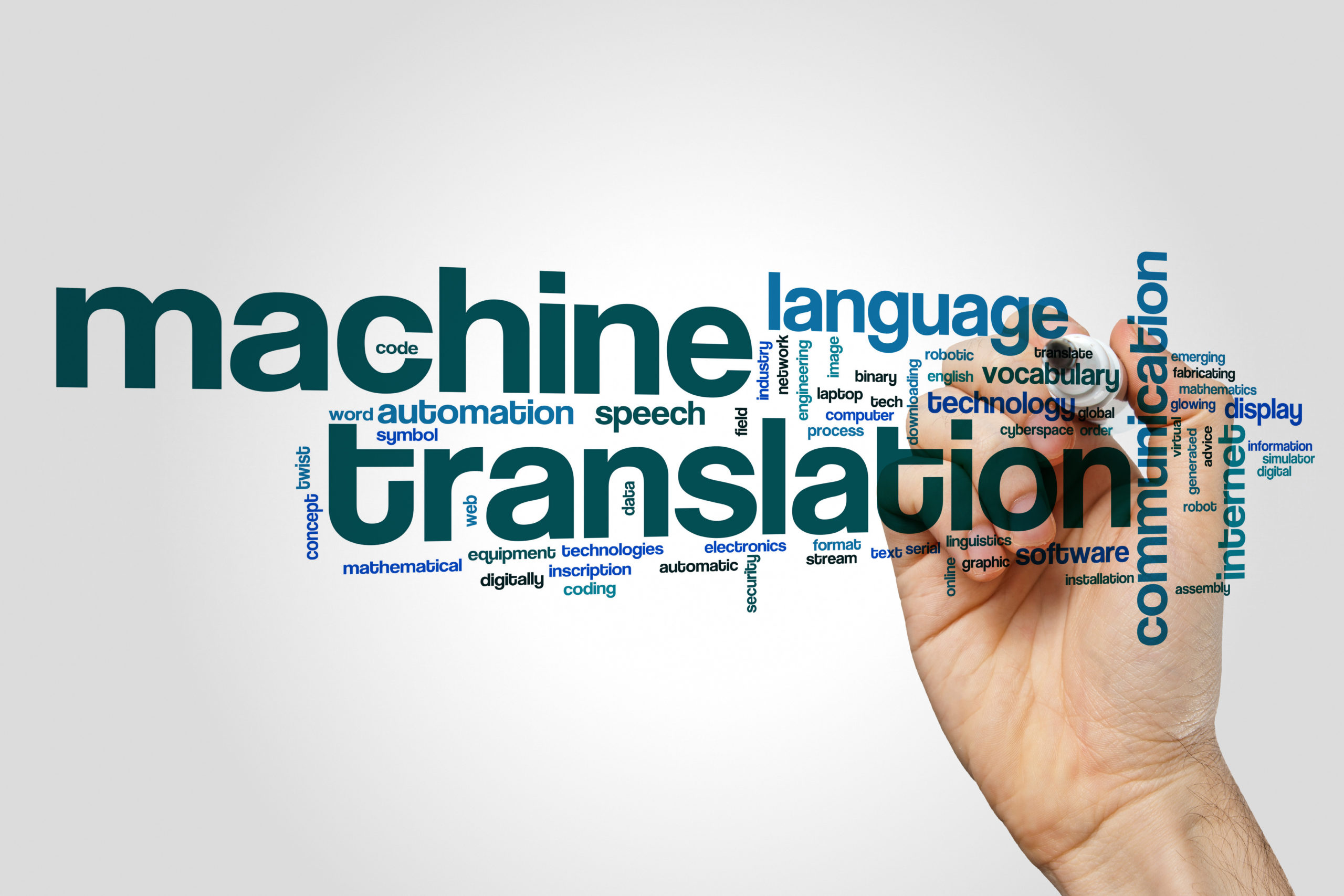You might trust machines to wash your dishes or keep track of your calendar—but should you trust them to speak for you?
As the education and tech worlds are abuzz with the potentials (and pitfalls) of AI tools like ChatGPT, it’s time to take a deep dive into another tool often hailed as the solution to complex problems: machine translation (MT). There’s no denying that machine translation software like Google Translate and Microsoft Translator has become incredibly sophisticated. Built with cutting-edge neural networks and algorithms, machine translation can do everything from translate hundreds of pages of technical jargon to help you order food abroad.
But what happens when something goes wrong? As the first of a two-parter on machine translation, this post explores the potential perils of MT.
Errors can lead to disastrous misunderstandings
It’s easy to imagine using machine translation to bridge simple, but potentially awkward gaps in communication—for example, asking directions to the airport or greeting someone in an unfamiliar language.
However, because machine translation algorithms lack the ability to interpret tone, context, and idioms, they can quickly escalate a seemingly mundane interaction into actual violence. In October 2017, for instance, Facebook grievously mistranslated a Palestinian man’s innocuous photo caption—originally the Arabic “good morning” (yusbihuhum)—into “attack them” in Hebrew and “hurt them” in English. The man was arrested and questioned by Israeli police.
In fact, in one study of critical errors in machine translation, researchers from Imperial College London found that MT algorithms struggle in particular with toxic language. Not only do they tend to mistranslate such language, but they may even introduce harmful content and offensive implications that weren’t in the original sentence at all.
Overreliance in high-stakes environments
Organizations’ eagerness to promote and adopt machine translation, often as a cost-saving measure, is especially dangerous in high-stakes situations.
For example, the use of Google Translate to provide emergency room instructions consistently results in critical errors, especially with rarer languages. It’s impossible to understate how important good translation is when it comes to healthcare. Measurements, dosages, instructions, symptoms, and more must all be conveyed with pinpoint accuracy to avoid allergic reactions, overdoses, and other potentially fatal outcomes.
Government organizations also deploy machine translation in sectors where mistranslation can have a tremendous impact. In late 2022, FEMA fired a company that used machine translation to provide disaster relief to Alaskan Native communities. Instead of critical aid in the wake of a dangerous typhoon, speakers of Inupiaq and other languages were met with ludicrous phrases such as “Your husband is a polar bear, skinny.”
The use of machine translation in law enforcement also creates thorny legal questions. In 2017, for example, local police used Google Translate to convince a Spanish-speaking driver to allow them to search his car. Courts ruled, however, that Google Translate’s “good enough” translation was nowhere near sufficient for a constitutional search, and the case was thrown out.
Machine learning tools and ethical dilemmas
Finally, the rapid development of machine learning tools raises some ethical questions in itself. Researchers found that training a single large AI model can emit over 626,000 pounds of CO2 equivalent. That’s nearly five times the lifetime emissions of an average car! While hiring human translators may not seem as cost-efficient, for companies that prioritize sustainability, it’s most likely greener.
At the same time, the algorithms that power this technology frequently rely on the invisible labor of low-paid “microworkers”—workers, often in developing countries, who train the algorithms by removing offensive material, ranking results, and other tedious tasks. While machine learning tools may try to convince us they’re on par with real people, in reality, they don’t function without rigorous human oversight and human input. This is where an AI software consultancy becomes essential, ensuring ethical data practices, transparent model training, and responsible AI deployment by balancing automation with human judgment and accountability.
Should we use machine translation?
The perils of machine translation don’t mean that MT can never be used, even if it can seldom replace the accuracy and cultural know-how of quality human translation. In part 2, we’ll consider how to avoid some of these problems. In the meantime, your best bet is to partner with a company that guarantees high-quality human translation services, including expert linguists to help edit machine translations.

